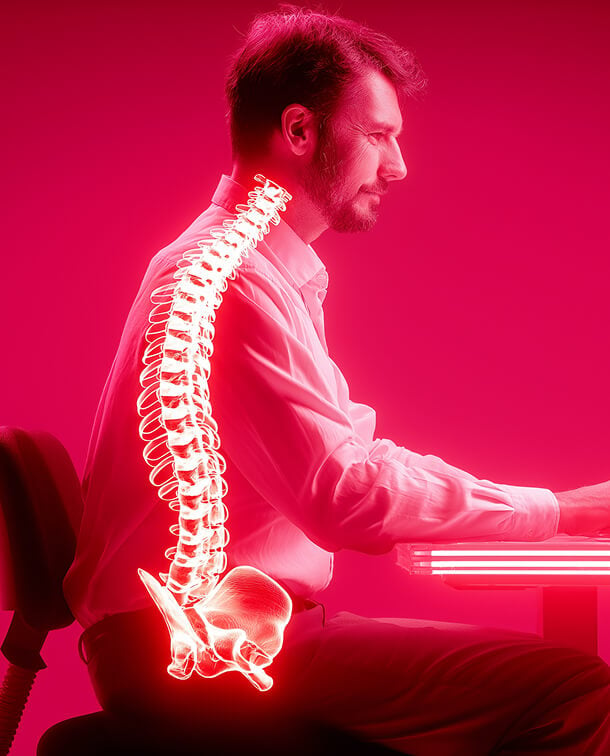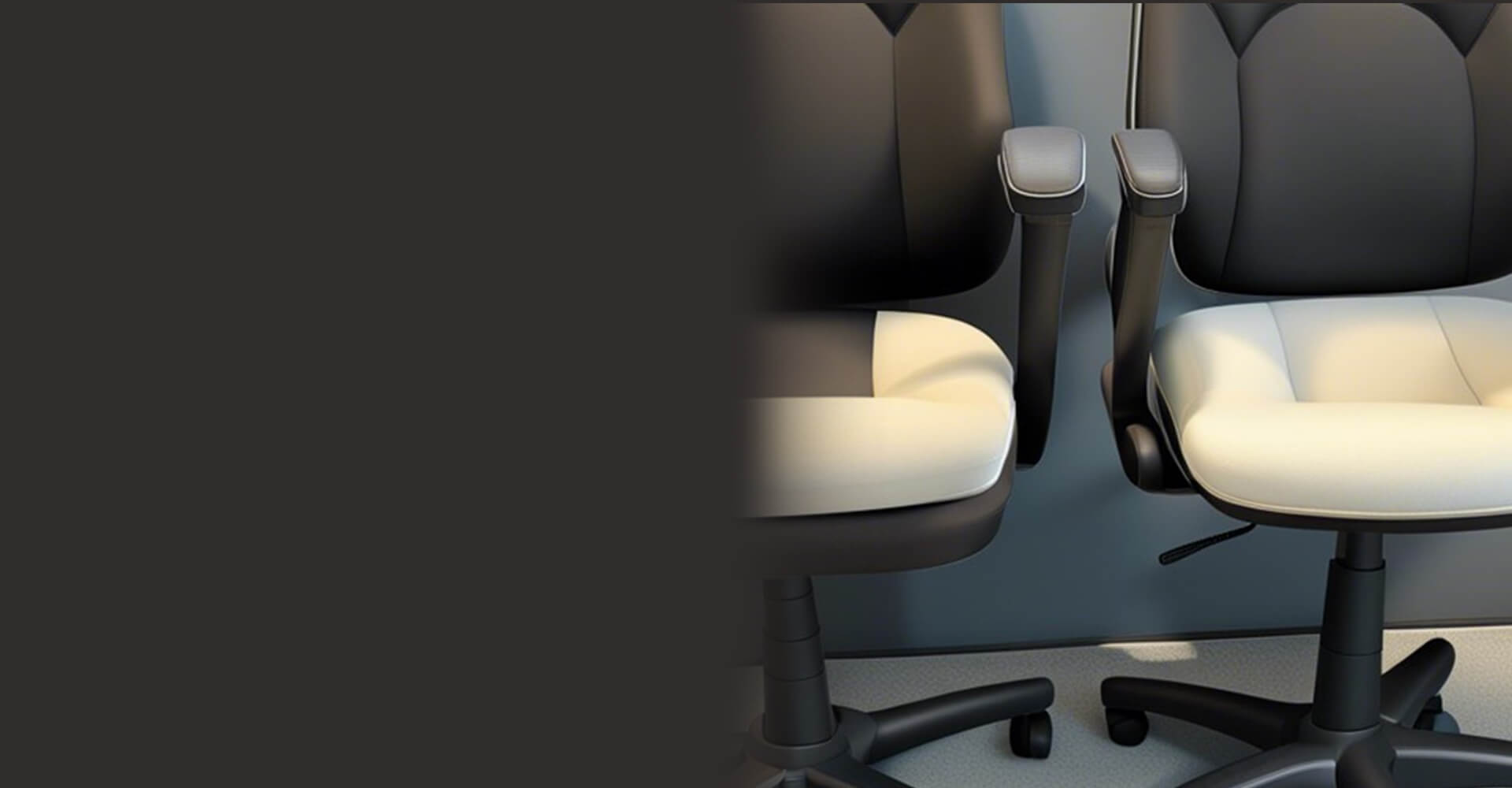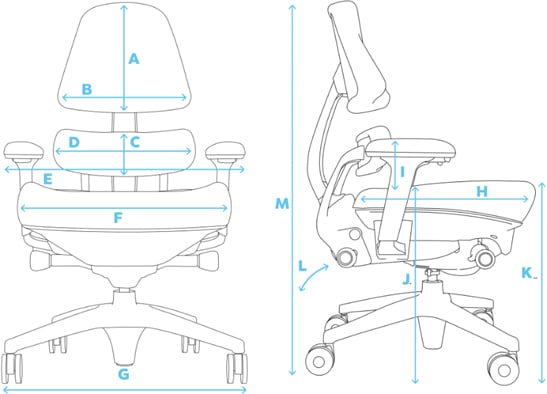Do you constantly find yourself struggling to find a comfortable position in your office chair because it simply doesn't fit your tall frame? Well, you're not alone. Many tall individuals face challenges when it comes to finding office chairs that provide the necessary support and comfort for their height. Luckily, there are some key features and adjustments to consider when shopping for an office chair as a tall person. One of the most important aspects to consider is seat height adjustment. As a tall person, having the ability to adjust the seat height of your office chair is crucial. According to ergonomic guidelines, the height of the chair should allow your feet to rest flat on the ground or on a footrest.3
This means that the chair should be height adjustable, allowing you to find the perfect position where your feet are comfortably grounded.
A study conducted on office chair design found that highly adjustable chairs, including seat height adjustment, were effective in improving worker fit in their office workspace. In addition to seat height adjustment, another important aspect for tall individuals is seat depth adjustment.1
Seat depth adjustment allows you to customize the depth of the seat to accommodate your longer legs. This is particularly important for tall individuals, as a seat that is too shallow can cause high-pressure areas under the sit bones that cause discomfort. The result is tucking the pelvis and slouching to relieve the pressure.
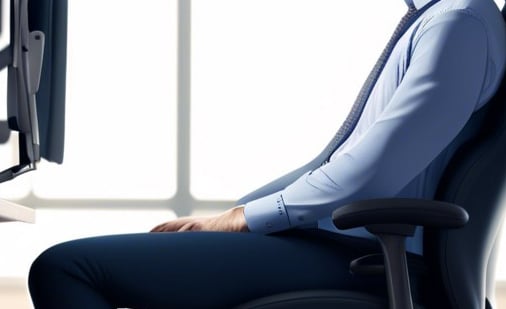
According to ergonomic guidelines, the seat depth of an office chair should be between 33 and 48 cm.3 When the seat depth is more shallow than desired for tall individuals, the quality and type of seat cushion become important factors. A seat cushion with adequate support and padding can help alleviate the discomfort caused by a shallow seat depth. This can be achieved through the use of high-density contoured foam cushions, which mold to the shape of your body and provide optimal comfort and support. The contours help to distribute pressures evenly on the body, reducing pressure points that can lead to discomfort and even pain. This helps to prevent fatigue and improve seated balance, allowing the user to sit for longer periods of time without experiencing discomfort or strain.4
Researchers have found that a mismatch in the dimensions of the chair can impair the ability of the postural muscles to support the body, leading to abnormal strain on the neuromuscular system and potential pain.2 When shopping for an office chair as a tall person, it's important to prioritize seat height, seat depth adjustments, and seat cushion quality.
These adjustments will allow you to find the most comfortable and supportive position for your body.
If you are a tall person 😉 looking to improve posture and decrease pain while sitting, look no further than Anthros. Anthros is the only chair in the world that is guaranteed to improve posture or your money back. The science-backed, patented design is registered with the FDA as a posture-improving chair and is proven to have the lowest pressure (most comfortable) cushion on the planet (verified by university testing).
Take the next step to reducing pain, increasing comfort, and maximizing performance!
References
1. Amick, B C., Menéndez, C C., Bazzani, L., Robertson, M M., DeRango, K., Rooney, T., & Moore, A. (2012, May 1). A field intervention examining the impact of an office ergonomics training and a highly adjustable chair on visual symptoms in a public sector organization. https://scite.ai/reports/10.1016/j.apergo.2011.09.006
2. Niekerk, S V., Louw, Q., & Hillier, S. (2012, August 13). The effectiveness of a chair intervention in the workplace to reduce musculoskeletal symptoms. A systematic review. https://scite.ai/reports/10.1186/1471-2474-13-145
3. Silva, A. (2021, April 19). Computer ergonomics related health problems of Library staff: a case study at the University of Colombo. https://scite.ai/reports/10.4038/jula.v24i1.8044
4. Brienza, D M., Chung, K., Brubaker, C E., Wang, J., Kang, T E T., & Lin, C. (1996, June 1). A system for the analysis of seat support surfaces using surface shape control and simultaneous measurement of applied pressures. https://doi.org/10.1109/86.506407
Recent Post
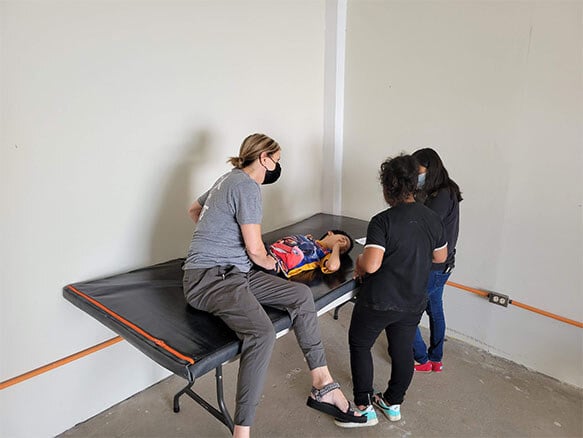
Four Lessons About Seating Everyone Can Learn from Wheelchair Users
September 18, 2025Working with wheelchair users has been an...

People Over Profits: Why Anthros Puts Comfort and Care First
September 17, 2025At Anthros, our mission is simple: to put people...





